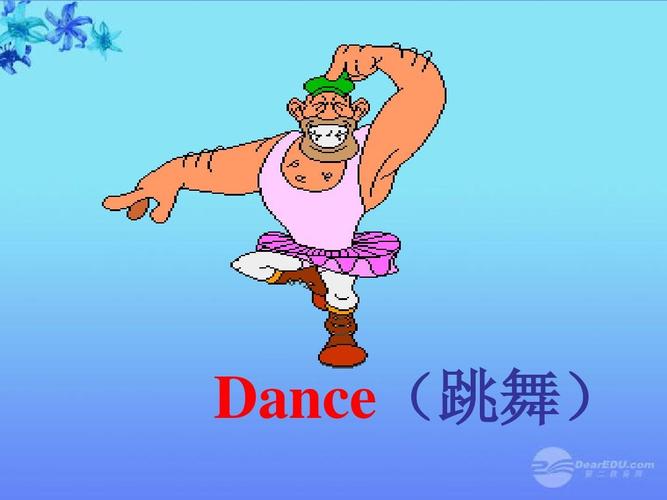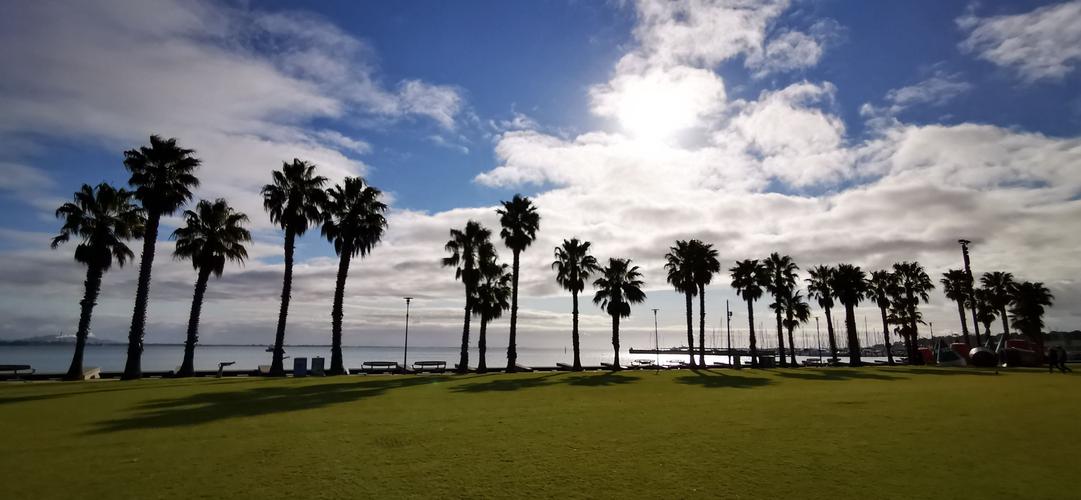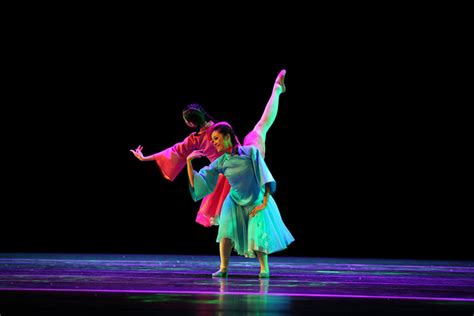Ancient dance refers to traditional dance forms that have been practiced for centuries in various cultures around the world. These dances often hold significant cultural and historical value, showcasing the traditions, beliefs, and stories of a particular society. Here are a few examples of ancient dances from different regions:

1. Bharatanatyam (India)
Bharatanatyam is a classical dance form originating in the state of Tamil Nadu in southern India. It is known for its graceful movements, intricate footwork, and expressive gestures. This dance form is often performed in temples and during religious ceremonies, depicting stories from Hindu mythology.
2. Hula (Hawaii)
Hula is a traditional dance form from the Hawaiian Islands, often accompanied by chant or song. It is a storytelling dance that uses hand movements and gestures to convey the tales of Hawaiian folklore, history, and nature. Hula is an integral part of Hawaiian cultural identity.
3. Flamenco (Spain)
Flamenco is a passionate and expressive dance form that originated in the Andalusian region of Spain. It combines singing (cante), guitar playing (toque), dance (baile), and vocalizations (jaleo). Flamenco is known for its emotional intensity, intricate footwork, and improvisational style.
4. Kabuki (Japan)
Kabuki is a traditional Japanese dance-drama that dates back to the early 17th century. It features stylized drama, elaborate costumes, and dynamic movements. Kabuki performances often depict historical events, moral conflicts, and supernatural beings, captivating audiences with its theatricality.
Ancient dances are not only a form of artistic expression but also a way to preserve cultural heritage and pass down traditions from generation to generation. By learning and appreciating these dance forms, we can gain insights into the rich tapestry of human history and creativity.









